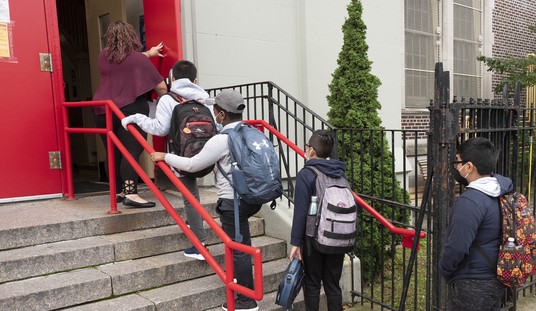Last week, when I linked to the video from McDonald’s Canadian division that explained why food almost always looks better — and typically bigger — in a photograph than in person, YouTube suggested the above video, titled “The Photoshop Effect” as a recommended choice at the end of the McDonald’s clip. It’s from 2008, but it’s still a relevant topic, especially considering how much more powerful Photoshop has gotten in the years since, including its new CS6 edition.
But arguments as to “is it fair” that supermodels and A-list Hollywood actresses have teams of skilled Photoshoppers making their already well-toned bodies and well-defined facial features look even better seems to be a rather specious argument. Celebrities want to look their best when they’ve got a new film to hawk, Sports Illustrated wants their swimsuit edition to jump off grocery counter checkout lines, etc. Does it promote a false ideal for women, as the young woman in the above video asks? Well no more than the physical fitness of models and actresses, who have hours blocked out of their day to spend at the gym with expensive personal trainers.
Funny though that no one complains that when Bruce Willis jumps off a 100-story skyscraper or fist-fights his way through a thousand heavily-armed terrorists, what we’re really seeing is a stuntman and plenty of CGI. But even if they did, in a way, that complaint, and the ones heard in the above video are somewhat akin to the arguments floated when massive amounts of overdubbing first took off in popular music in the mid-1960s. The early Beatles, at their best, were a tight little rock group, as can be heard on their first album. I believe all of those backing tracks were cut live, and only minimal overdubbing was done to patch up their vocals. But the time of the Sgt. Pepper-era, the Beatles were bringing in session musicians skilled in unusual instruments, whole orchestras, hiring outside arrangers, and their producer George Martin was developing new recording effects and increasingly complex strategies to push the equipment inside EMI’s Abbey Road studios to the very limit of 1966 and ’67-era recording technology. That the Beatles were a cash cow for EMI made it all possible.
20 years later, during the height of the MTV-era, Paul McCartney would release a stripped down, relatively low budget video shot in the London subway tubes to accompany his song “Press” and justify it during interviews by complaining about so many up and coming groups who would simply hiring the trappings of success — expensive cars, flashy clothes, dancing girls, and exotic locales for a day or two worth of video shooting, to make themselves look more successful and wealthier than they really were.
To which, as often is the case, the proper response is…”So?” (Though occasionally, too much Photoshopping can produce rather humorous results when compared to the real thing. But again, so what?)
(Photoshopped into the PJ Lifestyle blog from Ed Driscoll.com.)










Join the conversation as a VIP Member